Summer is officially here and that means it’s time to enjoy the nice air conditioning at the movies! Have you ever gone to a drive-in movie? Many of these classic experiences had a resurgence in popularity during the covid-19 pandemic as it was the safest way families could enjoy an evening out of the house. Did you know that the first drive-in movie was here in New Jersey?!
On June 6, 1933 people experienced the first ever drive-in movie outside of Camden, New Jersey. While in the depths of the Great Depression, the cost of the movie was 25 cents for the car plus 25 cents per person which for a family of 4 would have cost $1.25. Who created the drive in? The creation of the drive-in is from Richard Milton Hollingshead Jr. Hollingshead was working in the family auto business when he started milling around the idea of an outdoor theater. The first attempt in 1930, was in his backyard where he used a kodak projector which was tied onto trees along with blocks that were placed under the front wheels of each car going back. The wheels were supposed to help prop the back cars to see the screen with an unobstructed view. In 1932, Hollingshead applied for a US Patent for the plans seen below.
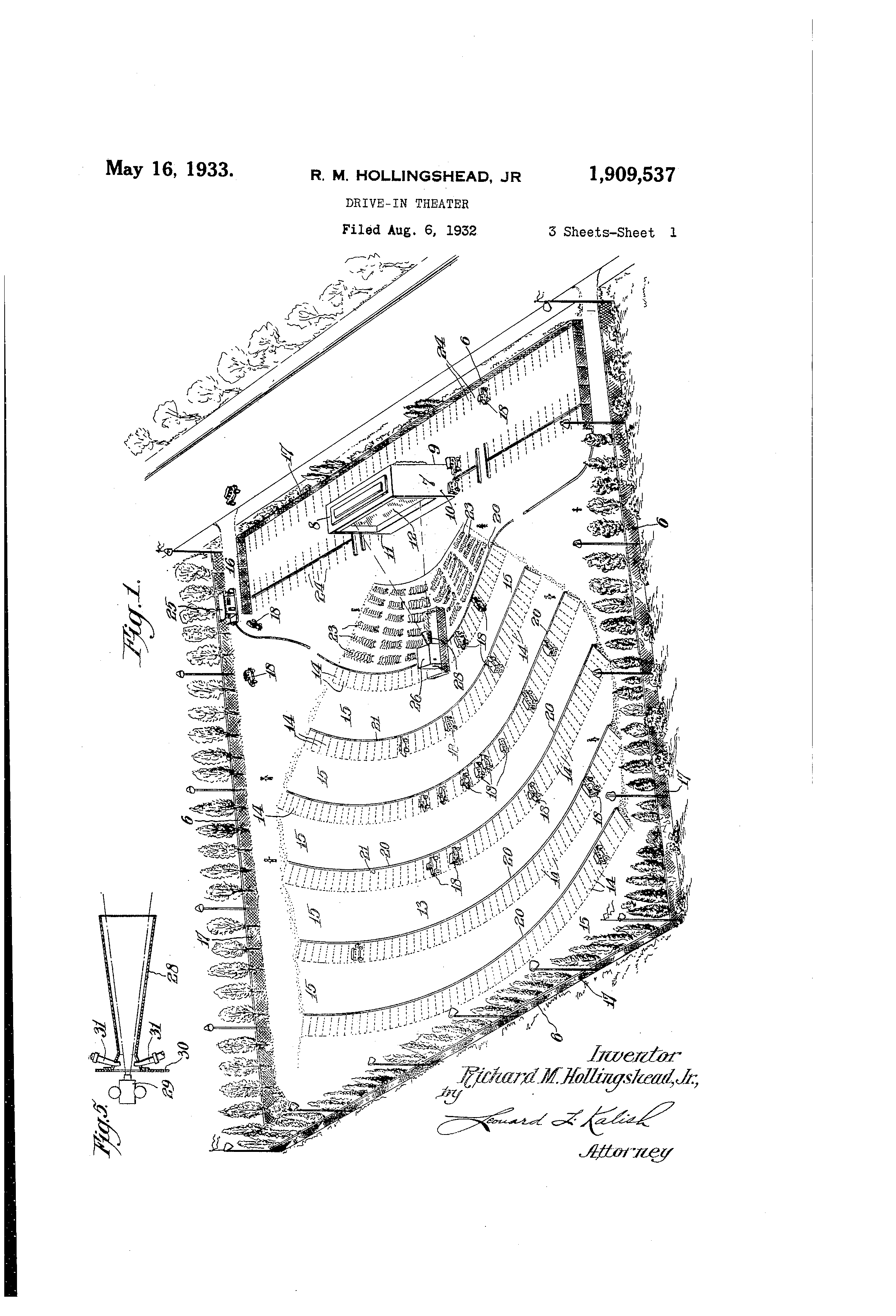
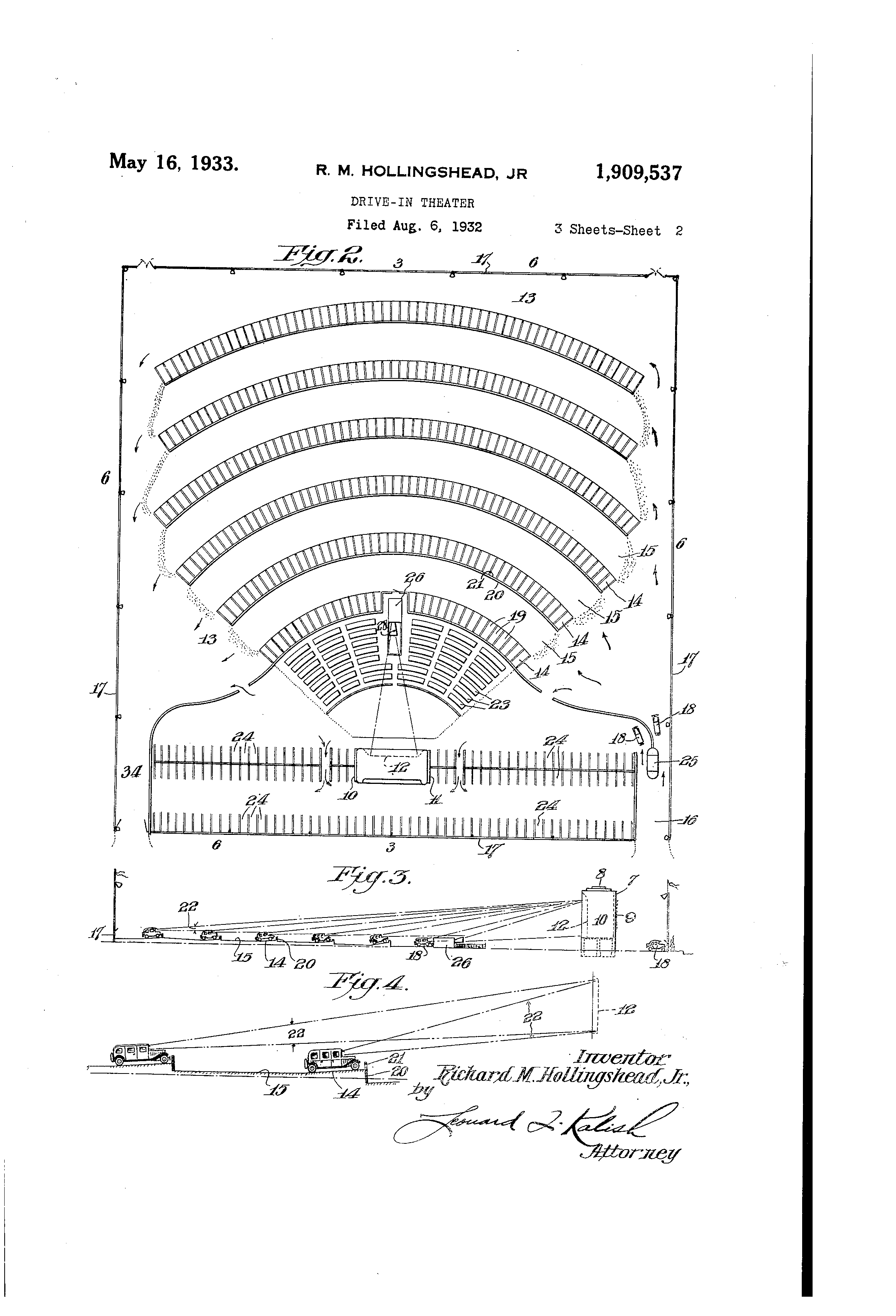
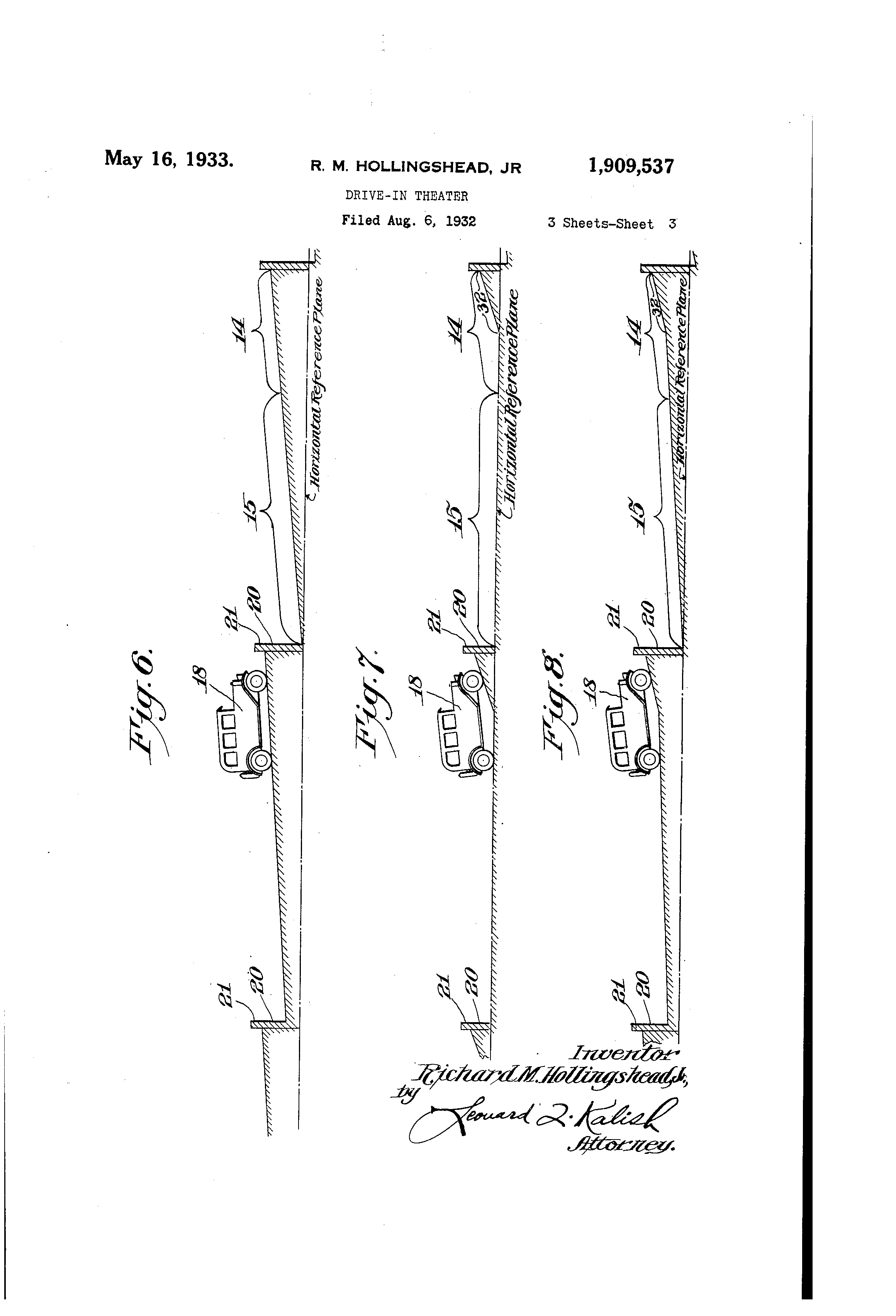
The heyday of the drive-in movies were the 1940s-1960s and the US had about 4,000 locations. Today less than 400 drive-ins remain. Why did the drive-in go out of style? Several factors played into the downfall. One of the big factors was the 1970s energy crisis. In 1973, Egypt and Syria attacked the newly formed Israel as many opposed the land grab of the Palestine British territory. This began the Yom Kippur war in which the OAPEC (Organization of Arab Petroleum Exporting Countries) set embargos to the United States and the Netherlands due to the support of Israel. Although the War ended in late October of 1973, the embargo lasted until March 1974. During this time, the price of oil in the US went from three dollars to twelve dollars and nearly ended the American Auto industry. Japan quickly outpaced the US with their production of energy efficient cars.
Another factor was the growing rise of television. Towards the end of the 1950s, the amount of televisions in American houses grew to around 43 percent. Due to the free broadcasts people can see from the comfort of their homes, this killed off the Golden Age of Hollywood. Along with movies being shown now on television, the usual crowds for the movie theaters and drive ins sank. Many of the drive-in movie theaters were sold to real estate developers. Hollywood studios are also a reason for killing the drive-in. Drive-ins were not getting many of the popular films of the day and the cost to rent them went up drastically.
Here are some of the popular movies shown in drive-ins.
Grease
Jaws
Twister
Smokey and the Bandit
Texas Chainsaw Massacre
Night of the Living Dead
The Outsiders
That Darn Cat
Christine
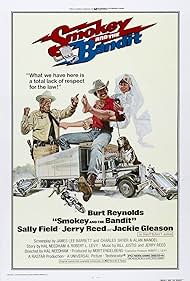
Sources
https://www.pbs.org/wgbh/americanexperience/features/looking-back-original-drive-in-movie-theater/
https://www.history.com/this-day-in-history/first-drive-in-movie-theater-opens
https://websites.umich.edu/~drivein/theater.html
https://www.history.com/topics/1970s/energy-crisis

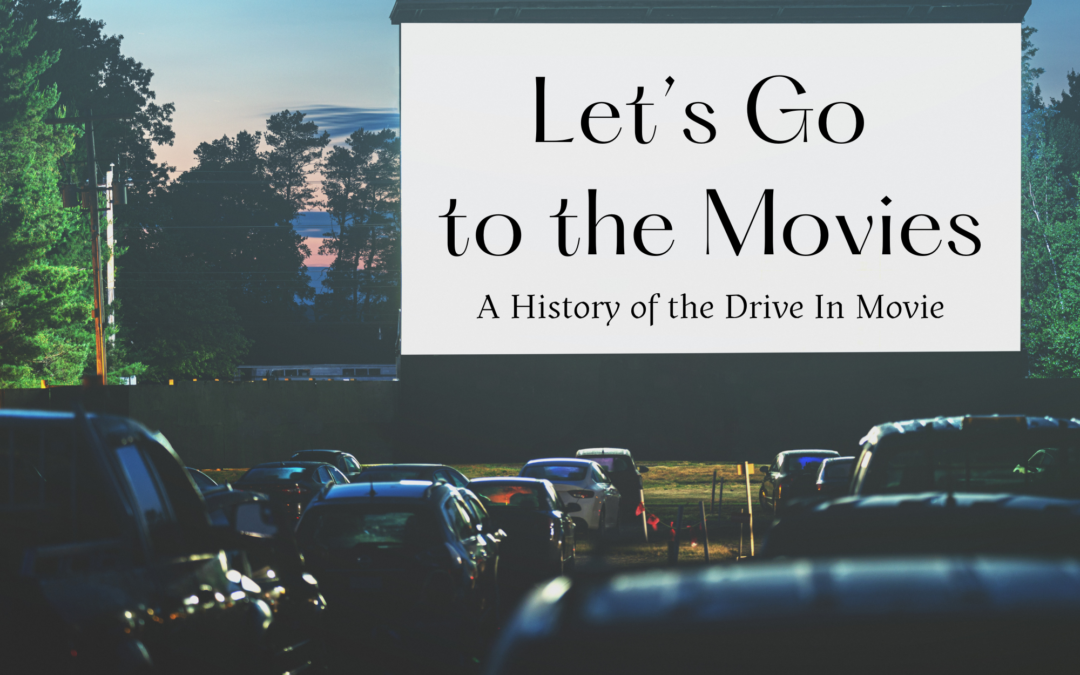
Recent Comments